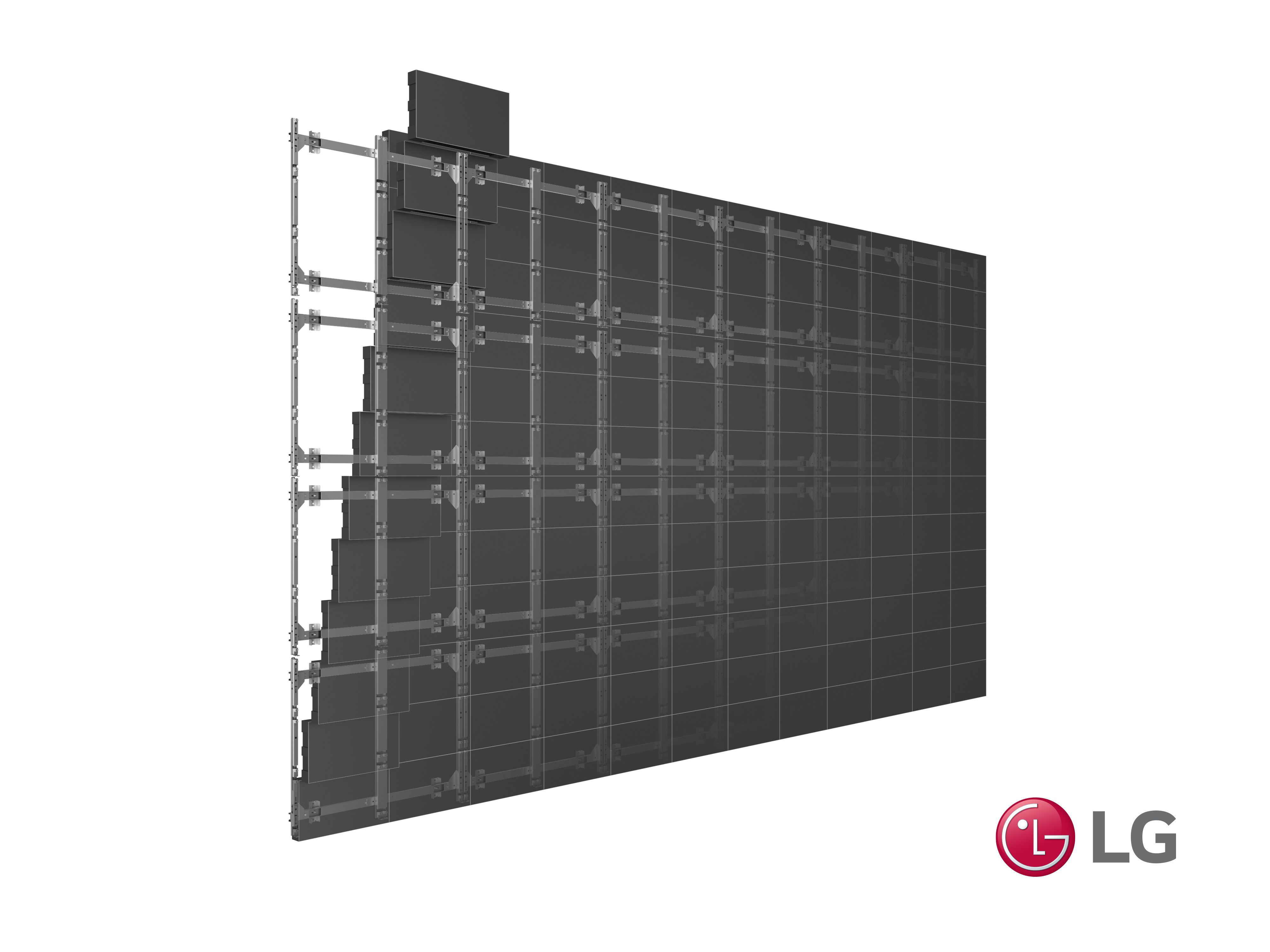Maximizing Aesthetic Impact Via Tactical Content Timing in LED Display Performance
Wiki Article
Maximizing aesthetic effect during LED wall performances requires careful planning plus strategic content scheduling. LED screens represent powerful instruments in graphic narration, frequently utilized during musical events, gatherings, plus displays. The efficacy of these screens relies not only just upon the caliber of the images yet additionally upon the manner plus timing they are shown. By comprehending the viewers' focus duration plus the rhythm of the event, organizers can create a more engaging encounter that enthralls spectators plus improves the total show.
One crucial aspect of strategic content scheduling is timing. It is essential to align the visuals with the rhythm and tempo of the show. For instance, during a musical performance, visuals should complement the rhythm and atmosphere of the melody. This alignment aids to forge a unified encounter that pulls the viewers in. Additionally, it is important to consider the duration of each visual segment. Brief, striking segments can sustain viewer interest, while longer visuals may be suitable for instances of contemplation or sentimental bonding. By varying the length and intensity of the visuals, event planners can maintain the viewers engaged throughout the performance.

Another crucial element is the material itself. The visuals displayed on the LED screen should be pertinent to the concept of the performance. This pertinence aids to strengthen the message being conveyed and makes the experience more memorable for the viewers. For instance, if the performance is about environmental consciousness, using images that illustrate the environment and animals can enhance the narrative. Furthermore, incorporating dynamic elements, such as motion graphics or engaging visuals, can introduce thrill and maintain the viewers' attention. The right content, presented at the right time, can significantly elevate the impact of the performance.
Audience involvement is also a key factor in visual timing. Understanding the characteristics and tastes of the audience can guide the selection of visuals. For example, a younger audience may respond better to vibrant colors and fast-paced motion graphics, while an older crowd might value more nuanced and refined images. By customizing the material to the audience's interests, organizers can create a more tailored encounter that connects with spectators. Additionally, incorporating viewer participation, such as real-time surveys or media engagements, can additionally improve involvement and render the show more engaging.
Finally, assessing the efficacy of the content scheduling is essential for future performances. Collecting feedback from the viewers can offer insightful insights into what was effective well and what could be enhanced. This data can assist organizers improve their approaches and take knowledgeable decisions for upcoming click over here now events. By continuously assessing and modifying the visual timing strategy, organizers can maximize the visual impact of LED wall shows plus craft memorable encounters for their audiences.